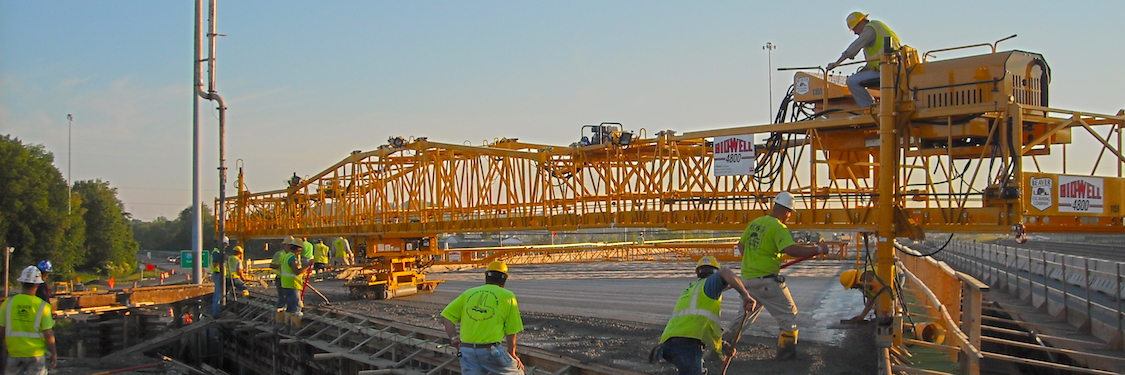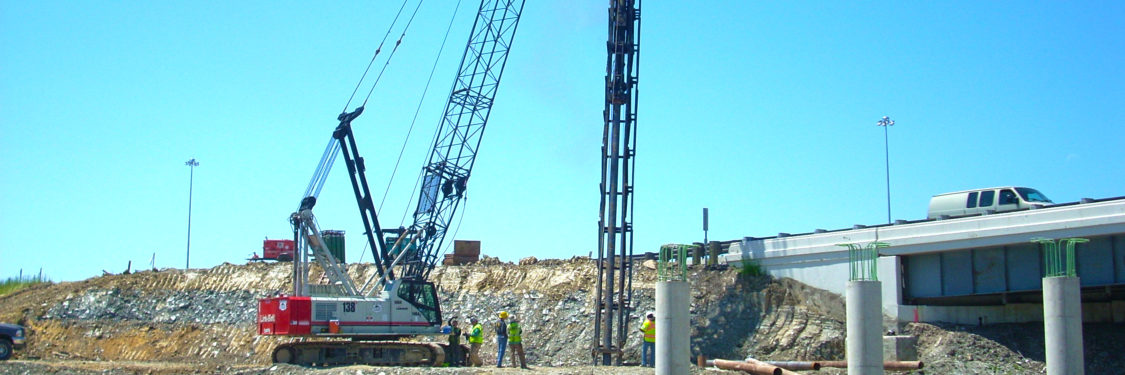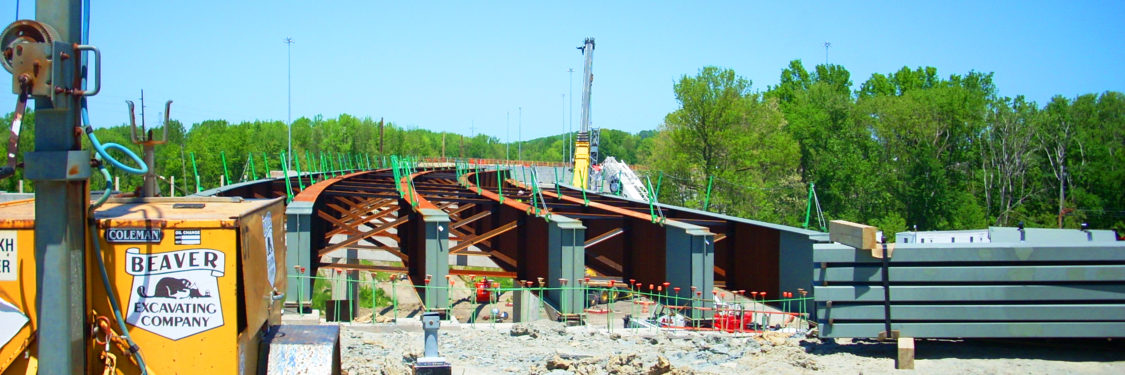ODOT S.R. 8/271 Interchange Reconstruction
ODOT S.R. 8/271 Interchange Reconstruction, Summit County, OH
LOCATION
Summit County, OH
Project Highlights
- 7,789,531 pounds of structural steel; 3,086,929 pounds of reinforcing steel
- 753,000 feet of wick drains; 125,000 lf of underdrain
- 180,000 tons of select granular embankment; 770,000 cy of embankment; 140,000 cy of excavation
- 110,000 cy of asphalt; 78,000 sf of noise walls; 65,000 lf of piling; 23,462 feet of concrete barrier wall, 128,000 sf of MSE walls
- 16,000 lf of underground utilities
- 20,000 cy cast-in-place concrete
- 28 subcontractors; 1 prime contractor (Beaver Excavating)
Project Description
The purpose of the State Route 8 Corridor reconstruction was to create a non-stop route from Akron, OH to Interstate 271. The corridor’s interchange reconstruction replaced difficult merges and exits off the highway with longer ramps that meet today’s design standards and use. As prime contractor for this project, totaling over $91 million – the largest single project at the time in ODOT District 4 history – Beaver oversaw the work of 28 subcontractors who, along with Beaver’s own forces, were integral to the successful completion of the large and complex project.
The bulk of Beaver’s workload during the three-and-a-half year project included, demolition, maintenance of traffic, drainage, noise walls, piling, construction of 12 bridges and an intersection widening. In the first year of the project, Beaver completed 750,000 cy of embankment, constructed six Mechanically Stabilized Earth (MSE) walls, completed initial widening work on S.R. 8 and I-271, and improved Highland Road, which was previously a traffic bottleneck adjacent to the corridor.
As with every project, Beaver set the bar high for the corridor transformation by helping the project owner save both time and money. Beaver saved ODOT $1.2 million through value engineering, and shaved nine months off the project’s timeline by proposing and implementing three Maintenance of Traffic (MOT) changes, minimizing impact on the traveling public.
Related Projects
Columbus UpGround Water Reservoir-Richwood, Ohio
AES/AEP Power Plant Expansion-Maidsville, WV
Republic Services Countywide Disposal-Bolivar, Ohio
Tanger Outlet Center-Pittsburgh, PA
Timken Underpass Bridge Construction-Canton, Ohio
ODOT S.R. 58 Railroad Grade Separation-Wellington, Ohio
ODOT S.R. 7 Slope Excavation-Jefferson County, Ohio
ODOT US Route 33 Bypass Construction, Phase III-Nelsonville, Ohio
Marysville UpGround Water Reservoir-Marysville, Ohio
Jumbo Bloom Vertical Caster Foundations-Canton, Ohio



